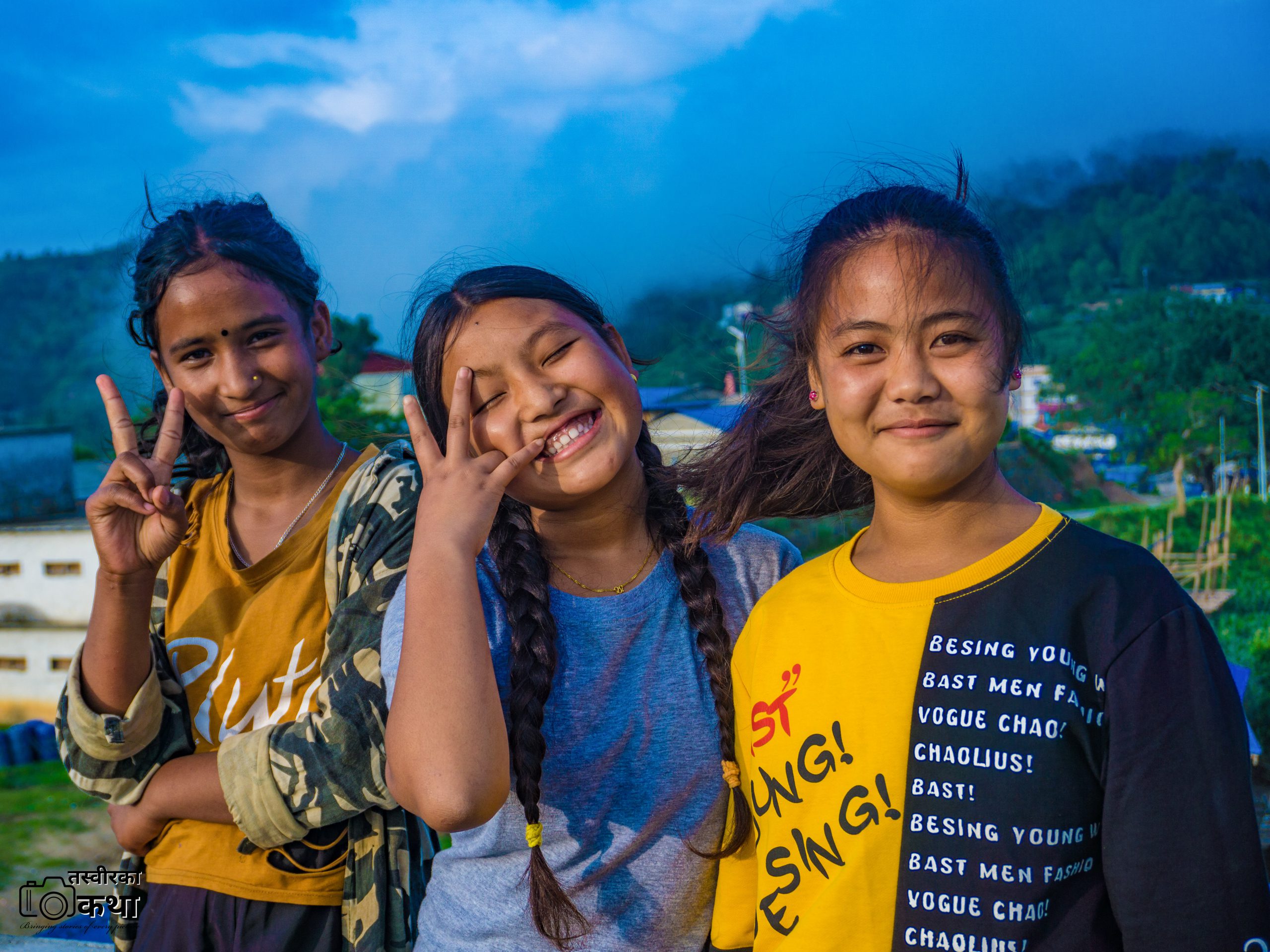
Thank you for your continuous love and support.
Nepal Interesting Facts
The Month of Shrawan in Nepal
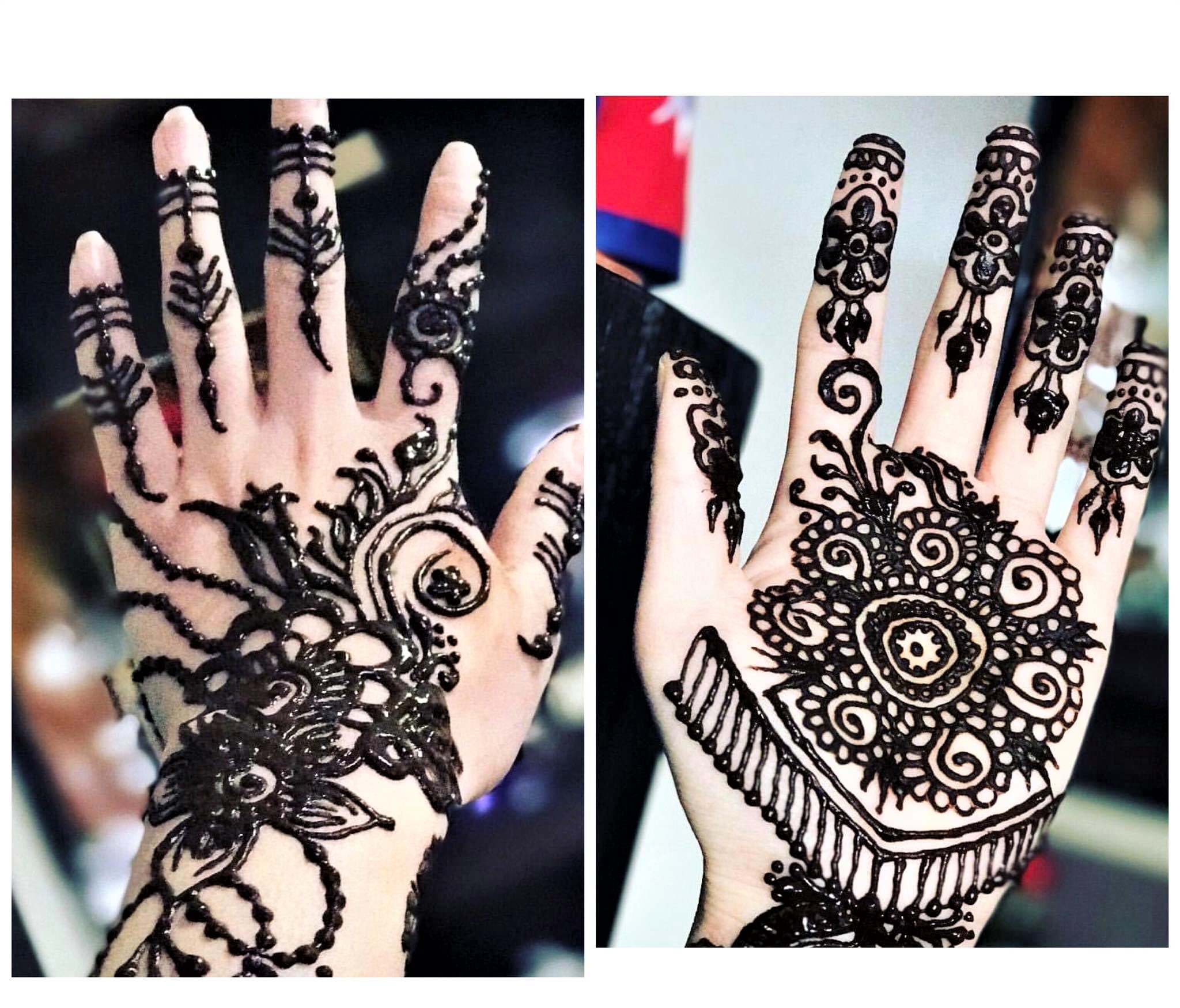
Before
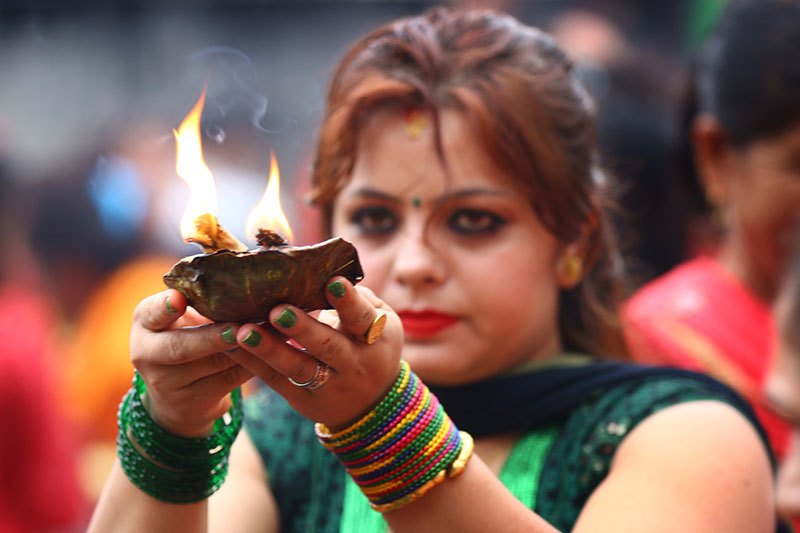
https://thehimalayantimes.com/multimedia/shrawan-brata
A devotee offering prayers
With the beginning of the Shrawan (Mid July-August) month in Nepali, Calendar women have started designing and decorating their hands with the Mehendi (Henna). During the month of Shrawan, women are seen wearing red, green-yellow bangles along with the color of Mehendi (Henna) on their hands. This month marks the month devoted to Lord Shiva. The women in Nepali culture observe fasting especially on Monday. The religious belief is that the married ones fast for husbands’ long life whereas the unmarried ones pray for the best match.
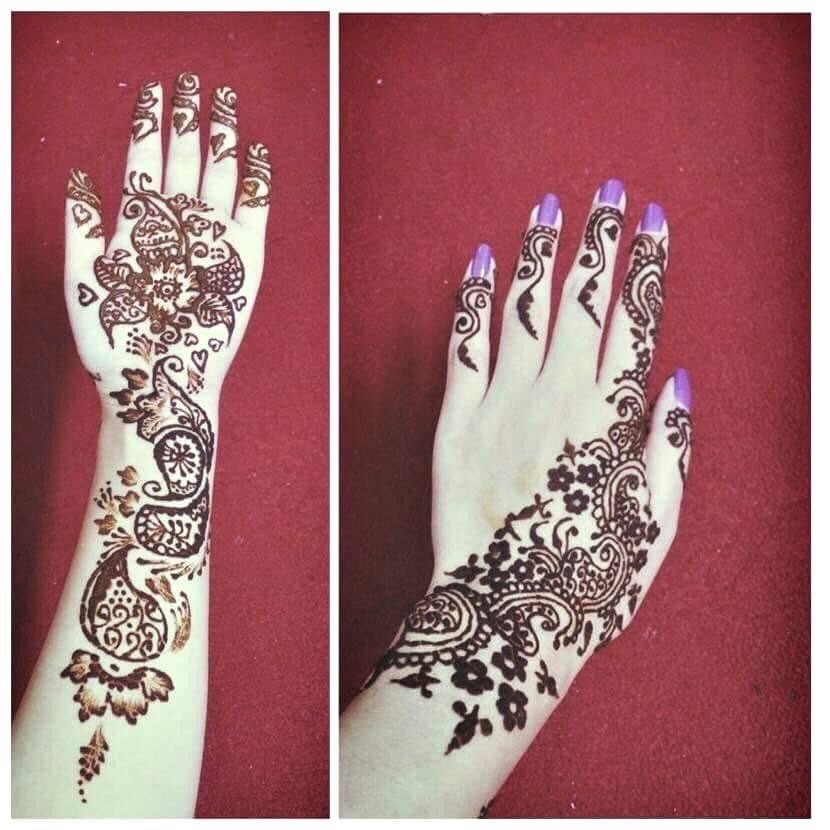
After
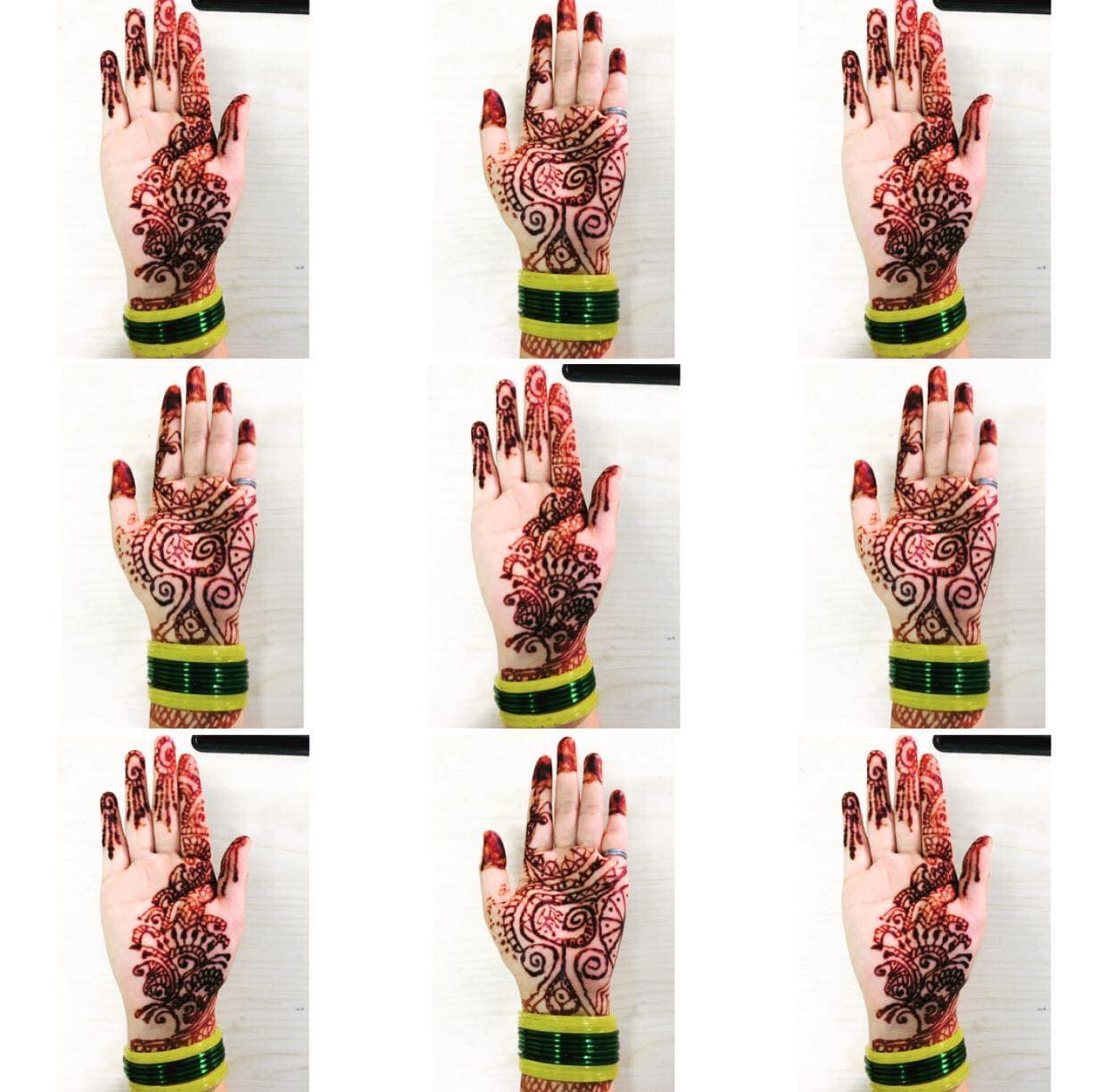
Hands adorn with beautiful Mehendi design and bangles
Another notion that comes to applying Mehendi is the darker the color of the Mehendi the more love a girl will receive from her husband. However, this is just an idea widely famous during this month. Regardless of the various interpretations that come with this belief, we believe that the tradition is being preserved and celebrated for generations to come.
<YouMe School, Khotang>
Textbooks for the students
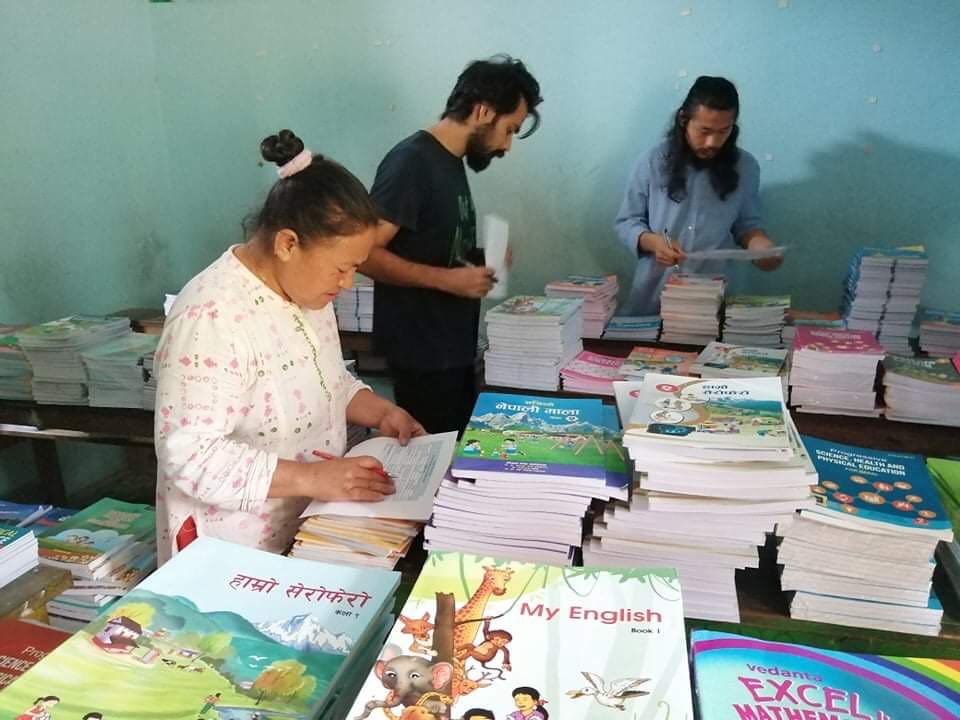
Teachers organizing the books classwise
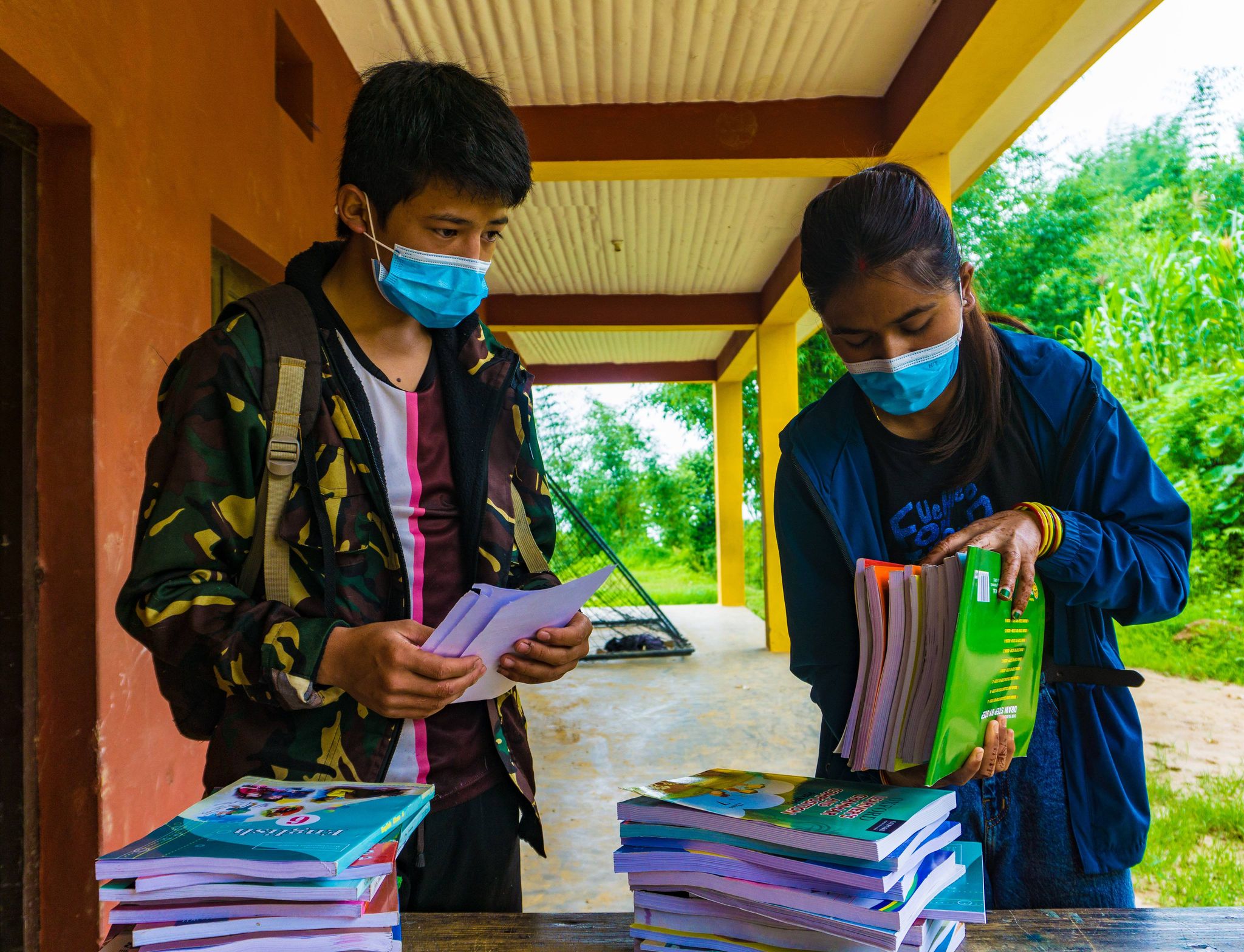
Final check before handing over the books to the student
Getting books to our Khotang school is the committed practice we have been doing since the beginning of the school year. The textbook is the heart of the school that helps us in achieving the learning objectives. The unavailability of textbooks especially in rural areas is a common problem. To give equitable access to the quality textbook we send it from Kathmandu. Similarly, the main challenge lies in the transportation of the books from Kathmandu to Khotang.
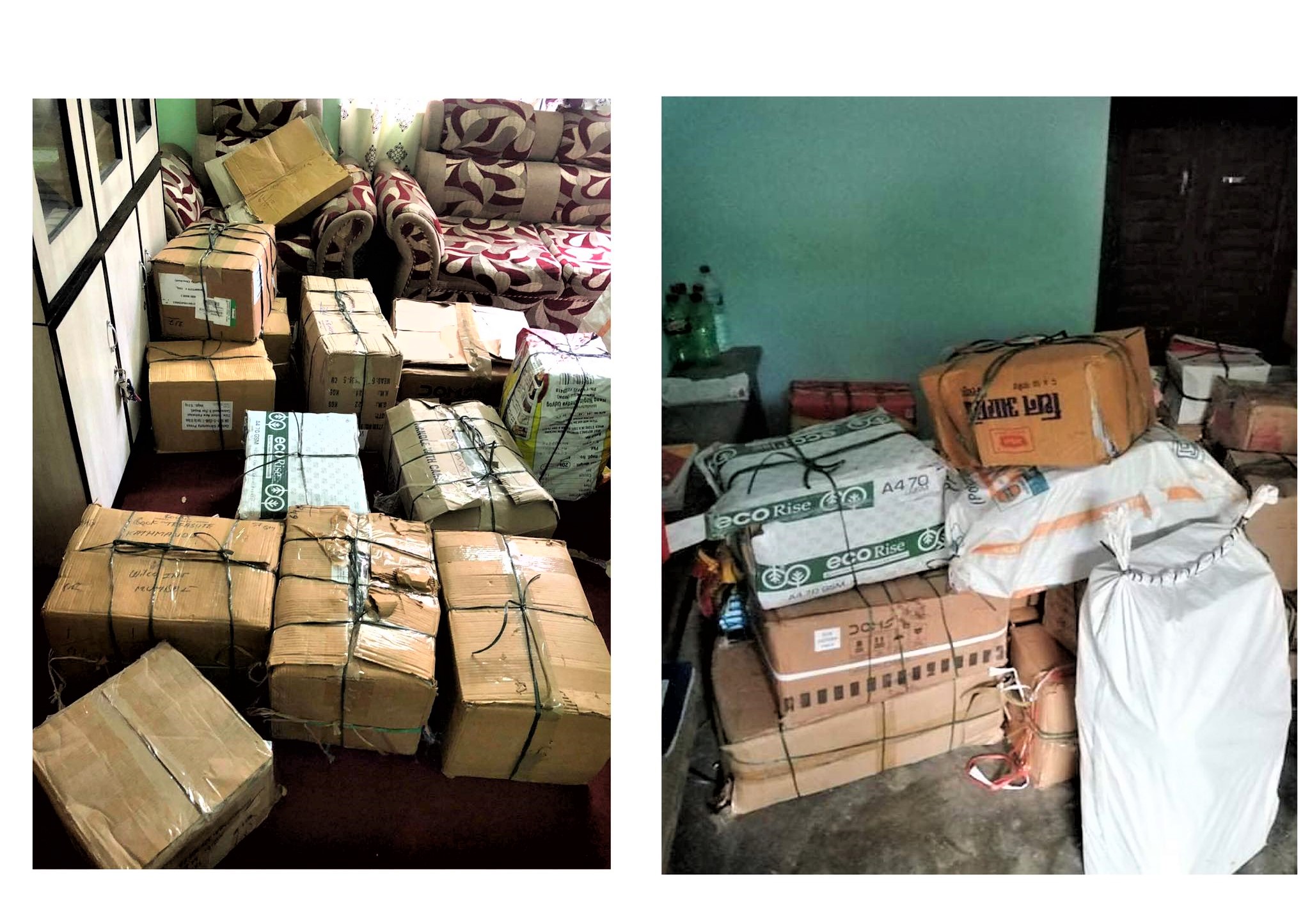
Books ready to be sent off to the school
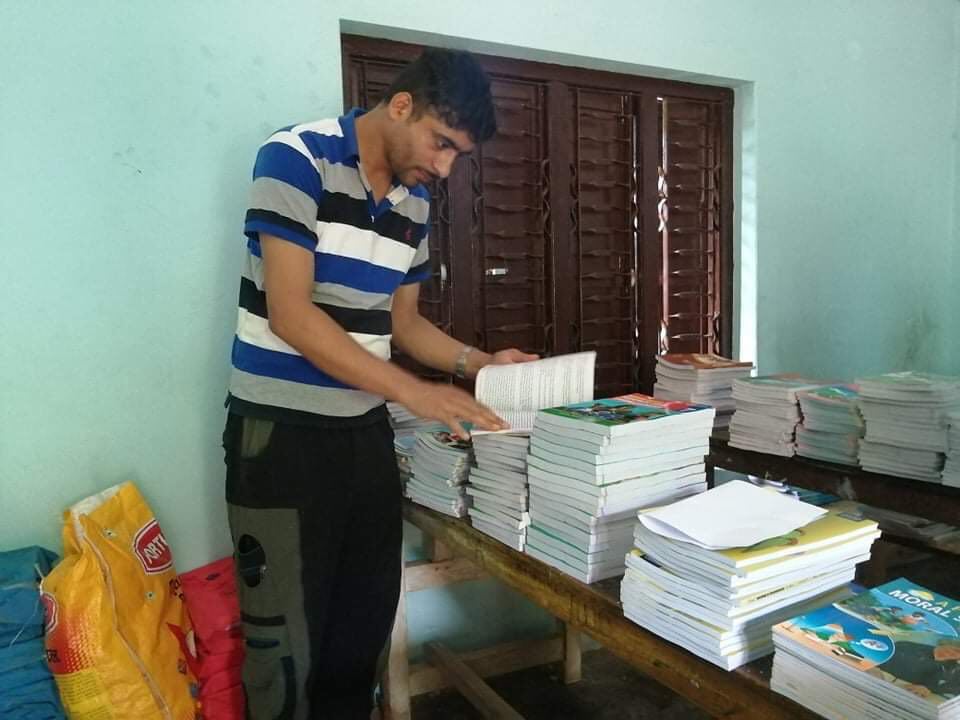
The books sent are organized by the teachers at school firstly when it arrives. We could say the pandemic has made it more difficult for us to deliver the books to our students and parents. Despite the various odds the book gets to its destination and our team in Kathmandu somehow manages to accomplish the task every year.
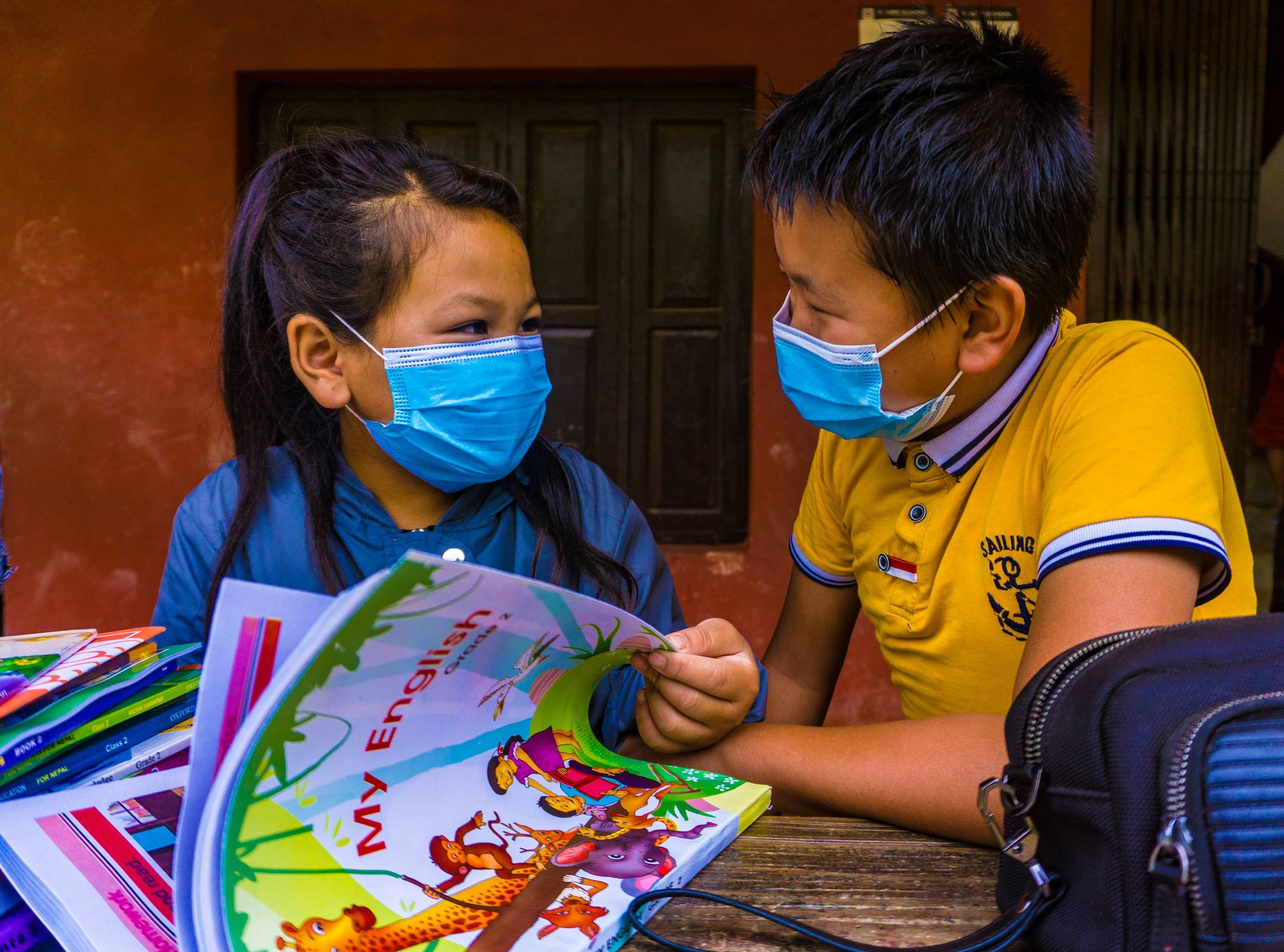
The tiring process we go through disappears when we see the excitement of the students. However, the pandemic seems like it is here to stay for some time. We are happy we were able to dispatch the books shortly. Our school has started distributing the books on a shift basis to avoid the potential transmission of the virus. We have followed the safety precautions and guidelines ensuring the well-being of our students and parents.
Traversing the digital learning possibility
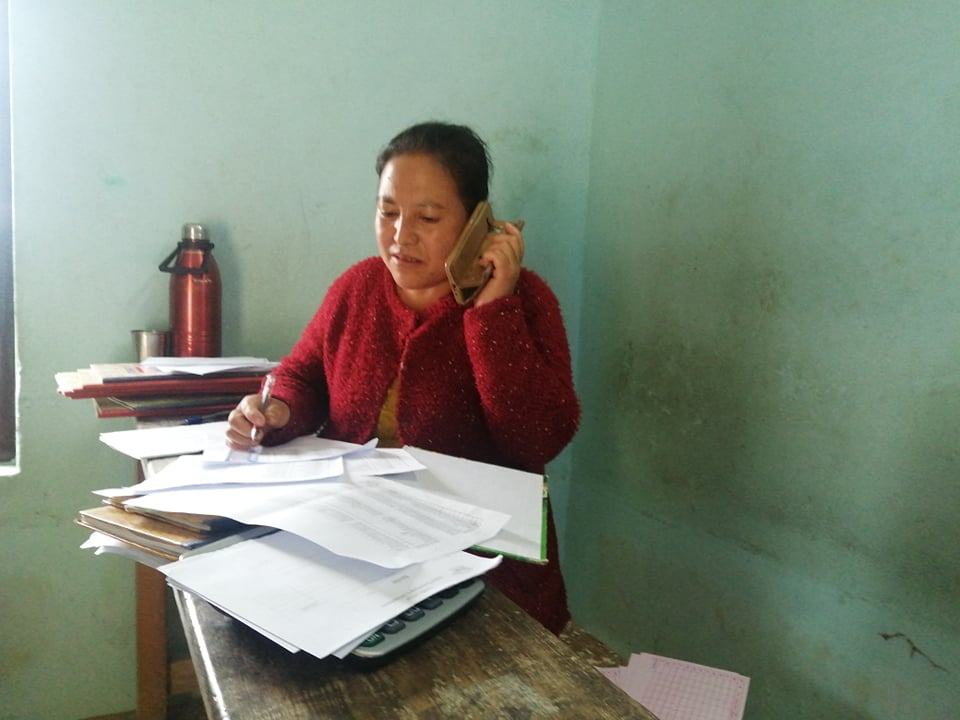
Since the beginning of a new academic session, our school in Khotang is persistently seeking ways to continue the teaching-learning activity this year. With the onset of the new methods of teaching and learning our school also has had to adapt in some or other ways. To mitigate the discrepancy in reaching out to students, our teachers in the field are continuously involved in the process.
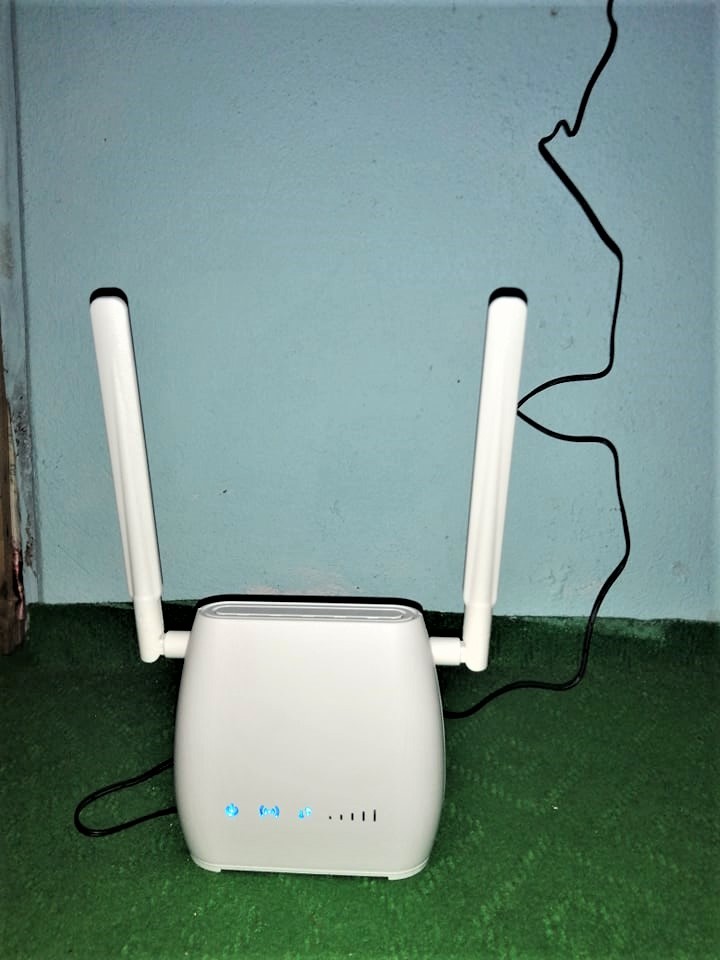
In the process, our teachers came across the sim router which offered wireless internet connection in remote areas. Nevertheless, the sim router didn’t come to be as effective as we thought it would be. The router was supposed to work through the inserted sim card and connect to its network. But our team encountered several network issues that interfered with the internet connection. Albeit the challenges our team is adamant about exploring the possibilities. However, with the limited choices, we hope to resume an effective learning environment as soon as possible.
Coping with the new normal
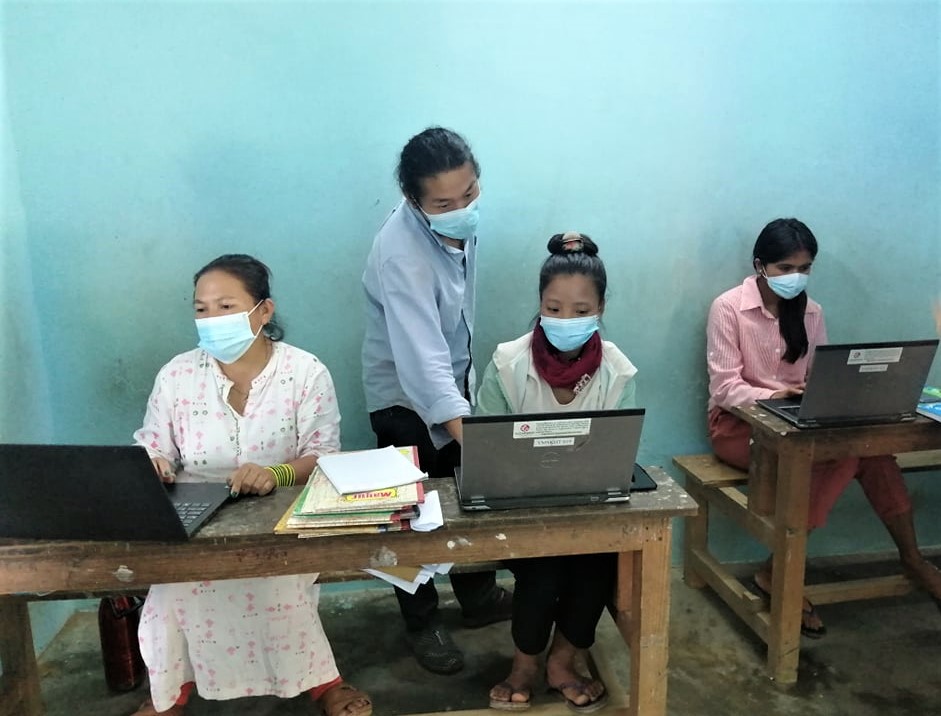
As we adjust to life during the pandemic, the education sector is facing adverse repercussions due to the uncertain situation. The education methods have changed dramatically since the outbreak started. The sudden switch from the physical classroom to online was hard to adapt for many schools. Even our teachers in Khotang had to be adept at various technicalities to ensure the quality is not compromised when delivered. We believe learning is a never-ending process. Therefore our teachers are committed to upgrade, uplift, and improve their skills every day.
Nepal Japan Study Tour Study Project
As part of the Nitobue Gakuen Children’s Exchange Project, the teachers created a daily routine video of the children of Khotang School. It’s been a few months since the school was closed.
Here we will know what the life has been of our children during a pandemic. (With Japanese subtitles)
Please take a look and enjoy!!!
Aaisa
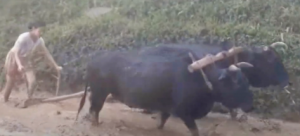
https://www.youtube.com/watch?v=FqXom5jAYpU
Anamol
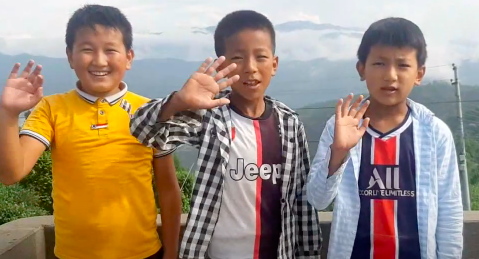
https://www.youtube.com/watch?v=AeO7qsarEQ0
Gobinda
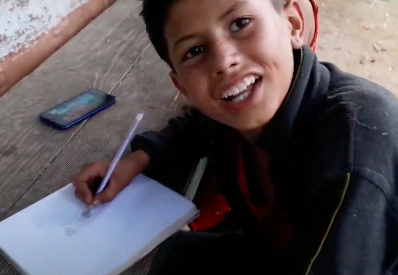
https://www.youtube.com/watch?v=uaL3Yi-rg3s
Sabitra
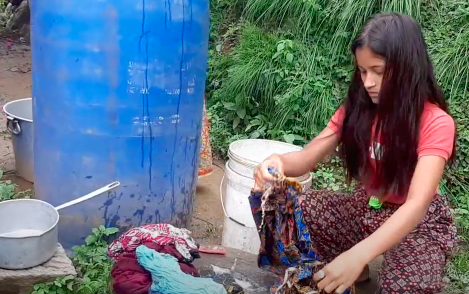
https://www.youtube.com/watch?v=aSuv_czgcyc
Susana
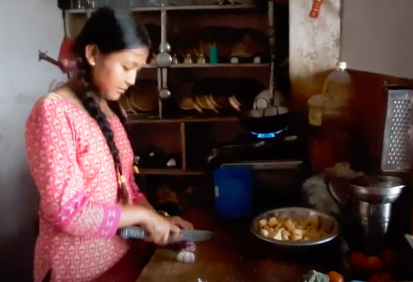
https://www.youtube.com/watch?v=I_j5OsZuarw
<YouMe School, Biratnagar>
A phone call makes all the difference
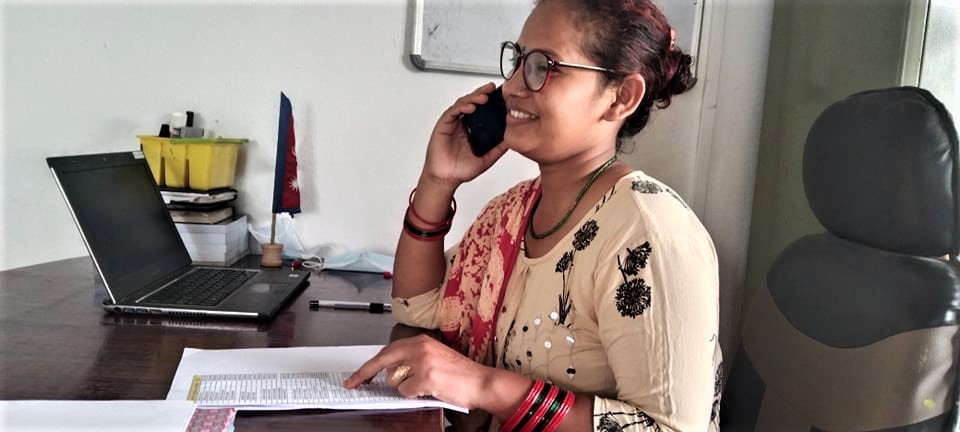
It’s hard to imagine life without technology in the era of the Covid-19. During the crisis strengthening the communication with the parents has become evident more than ever. Ever since the outbreak of the Coronavirus, we are using communication as a tool to connect with our students and parents. Sarala Mandal, our staff, is calling parents to assess their needs and knowing their preferred means of communication to support our students. This way we can ensure our student’s safety and well-being. Our foremost priority is to communicate clearly and rationally to help our students and parents understand the situation and instruct accordingly to be safe and healthy.
Nepal Japan Study Tour Study Project
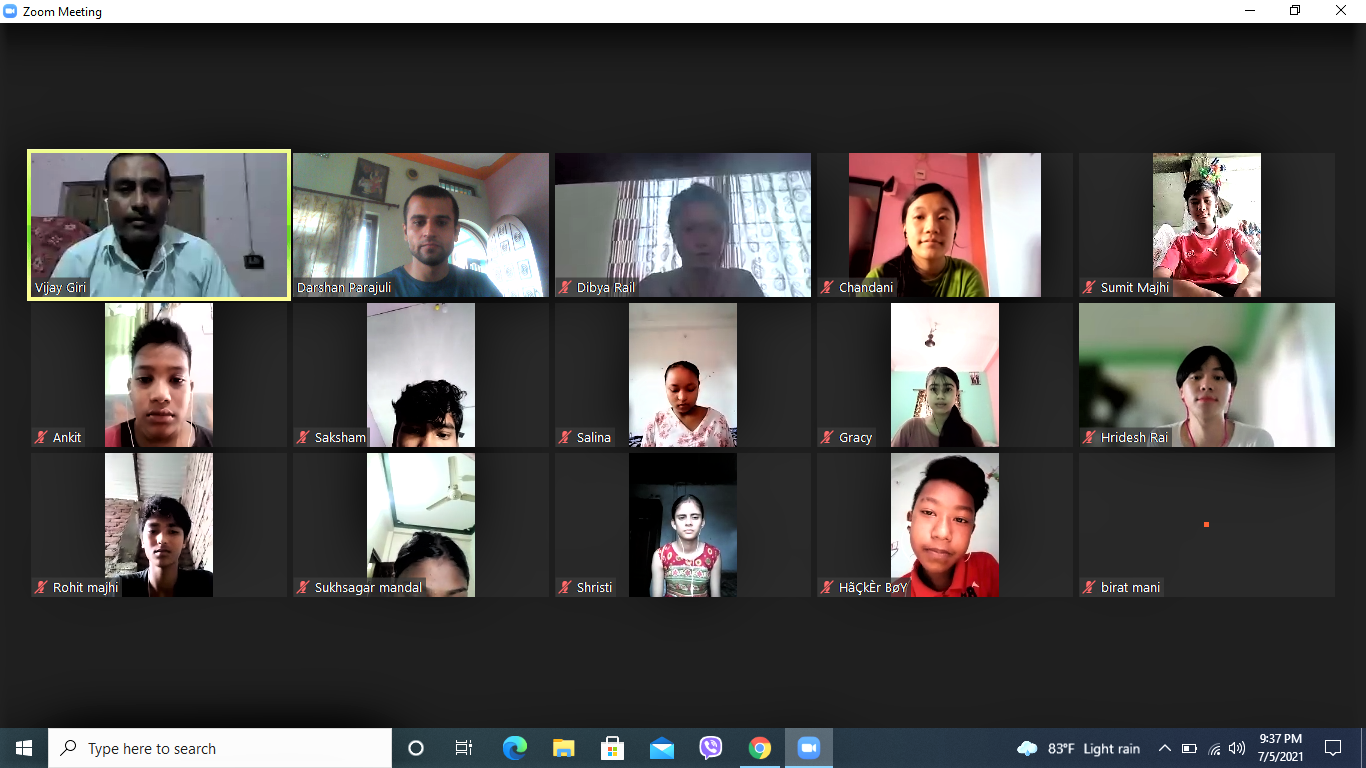
Our teachers and students conducted a virtual orientation session for a friendly project with Nitobue Gauken students, Japan. In the session, our teachers and students discussed the contents to share with Japanese friends. Our students participated enthusiastically and wrapped up the project with handwritten letters to their friends in Japan. Initially, we planned on a virtual meet-up that seems less feasible given the current Covid scenario. Hence, we opted for content sharing considering our students’ safety.
Our students have shared their interests and other fascinating facts about Nepal.
Here we share the letters our students wrote to Nitobue Gauken students
Name: Anjila
Grade: Seven
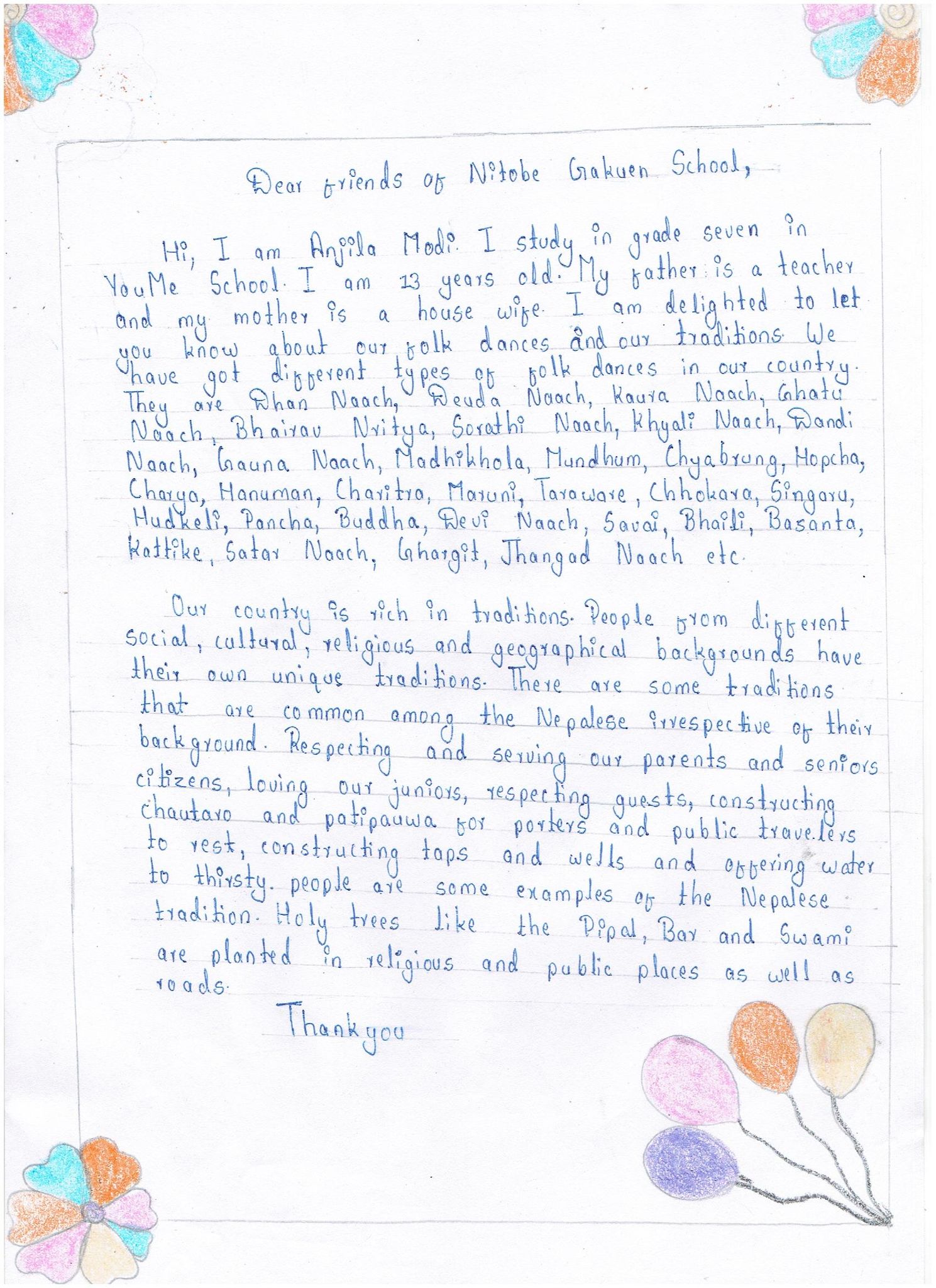
Hello everyone at Nitobue Gakuen. I’m Anjila, a 7th-grade student at YouMe School Biratnagar. I am 13 years old. My father is a teacher and my mother is a housewife. I would like to tell you about Nepalese folk dance and our culture. In our country, there are different types of folk dances. For example, there are about 40 types such as Dhan Naach, Deuda Naach, Kauda Nach, etc. In addition, the tradition of Nepal is very deep, and people have different socio-cultural and religious backgrounds.
Name: Rinki
Grade: Nine
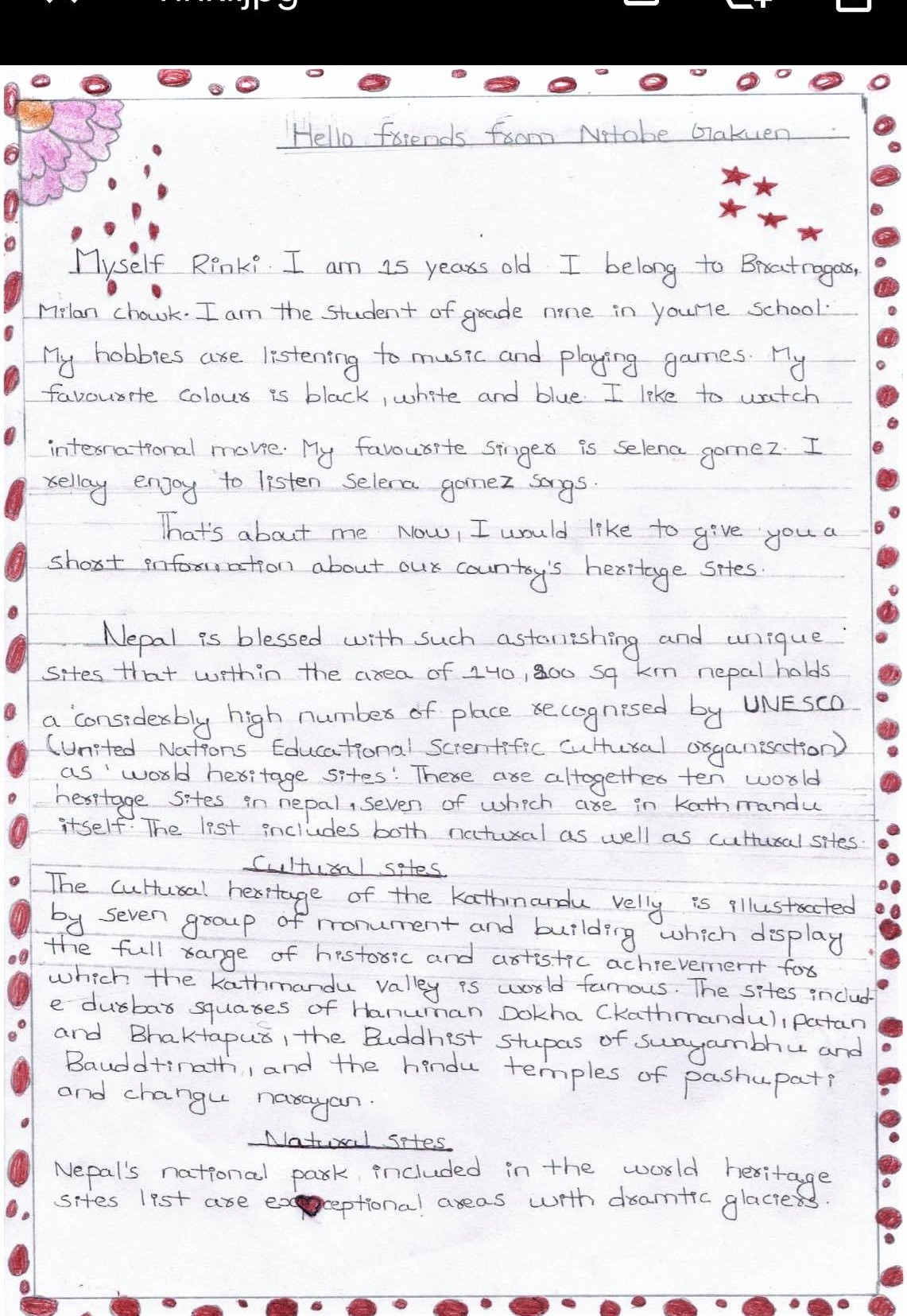
Hello everyone at Nitobue Gakuen. I’m Rinki, 15 years old studying 9th grade, and studying in YouMe School, Biratnagar. My hobbies are listening to music and playing games, and my favorite colors are black, white, and blue. I also like watching interesting movies, and I often listen to Selena Gomez as music.
Although Nepal is a small country, there are a total of 10 rare World Heritage Sites recognized by UNESCO. Seven of them are located in a valley in the capital Kathmandu.
This is the list of seven places to visit in Kathmandu
・*Durbar Square of Hanuman Dokha
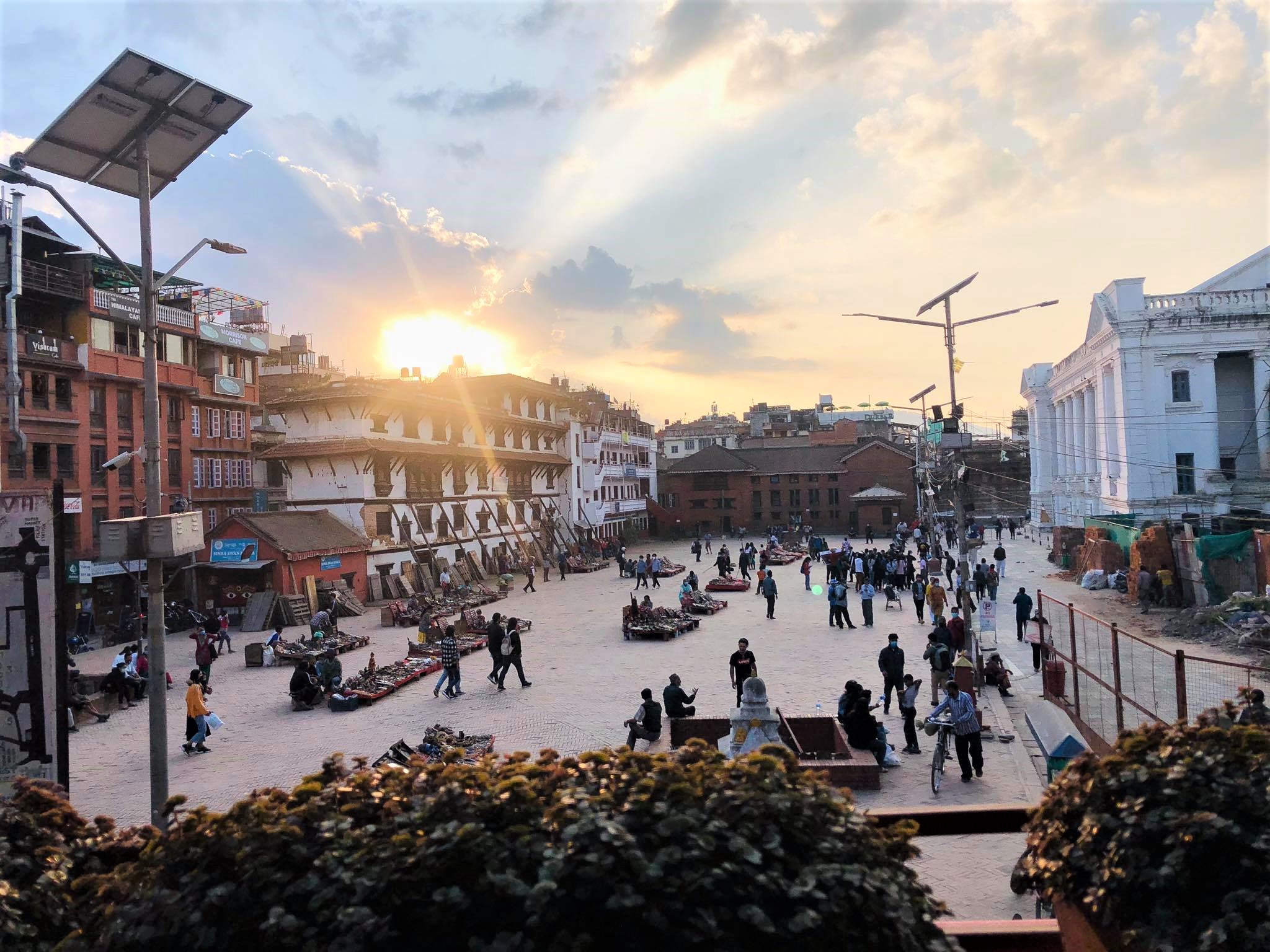
https://www.theclassicoutdoors.com/blog/glimpse-of-hanuman-dhoka/
・*Patan and Bhaktapur
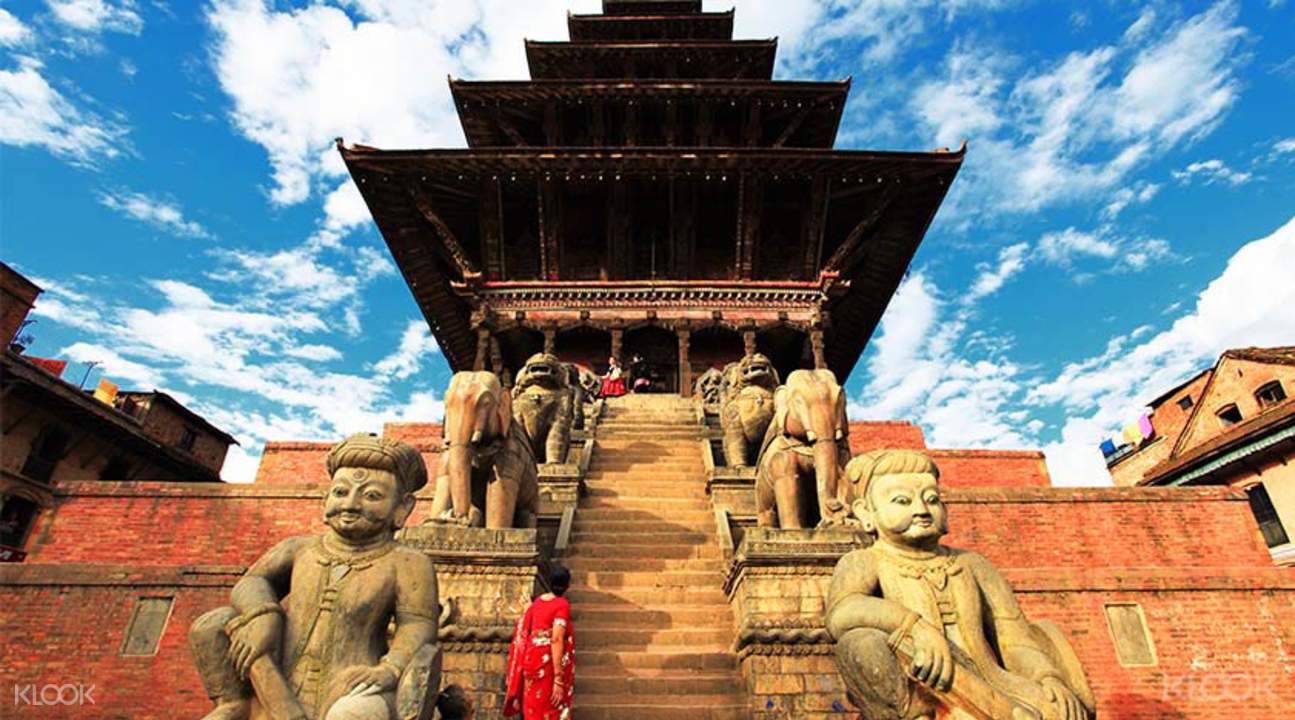
https://www.klook.com/ja/activity/185-patan-bhaktapur-tour-kathmandu/
・* Swayambhu

https://www.welcomenepal.com/places-to-see/swayambhunath.html
・*Boudhanath
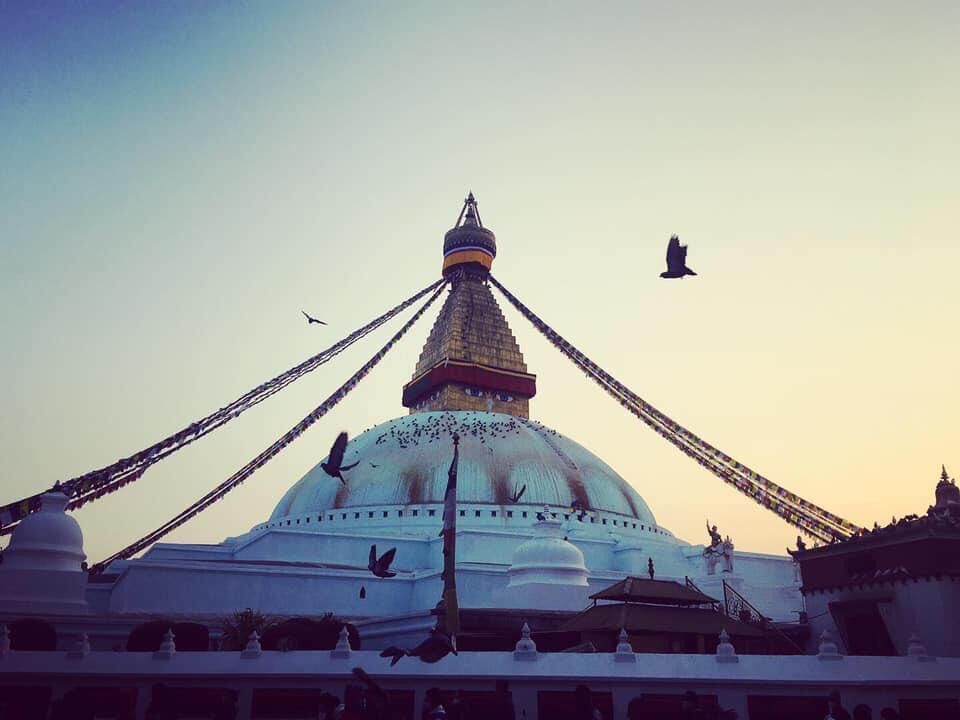
https://en.wikipedia.org/wiki/Boudhanath
・*The Hindu Temples of Pashupati
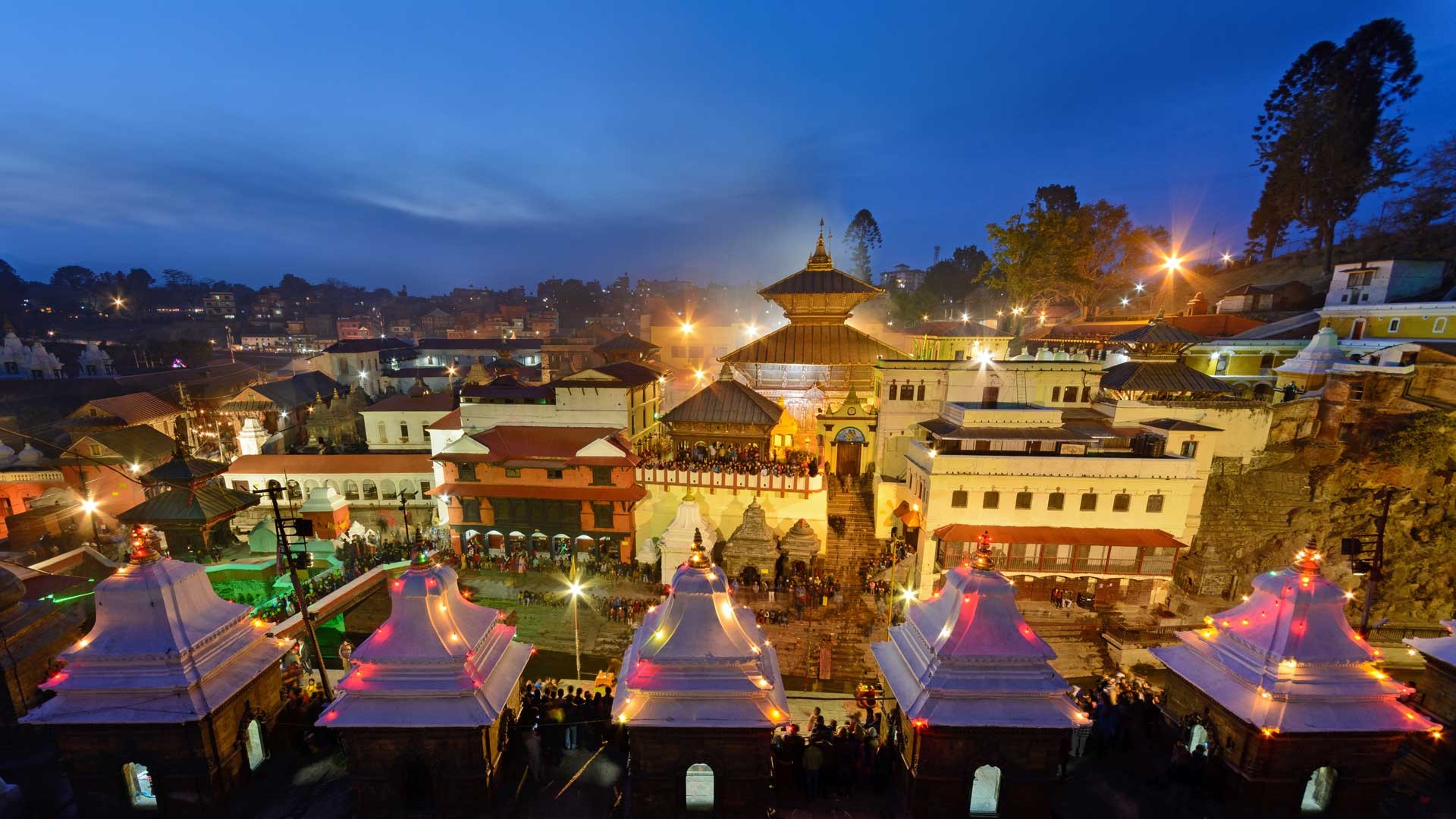
https://www.welcomenepal.com/places-to-see/pashupatinath.html
・*Changu Narayan
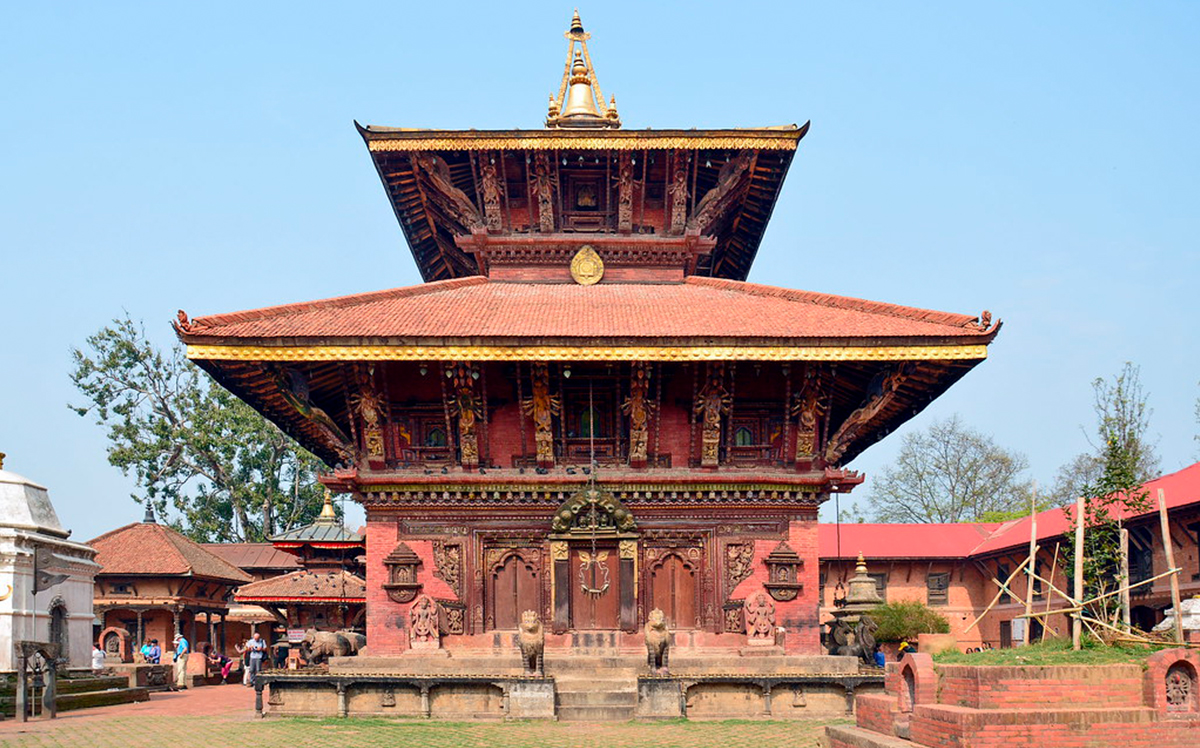
https://www.bhaktapur.com/discover/changu-narayan-temple/
Name: Rohit
Grade: Nine
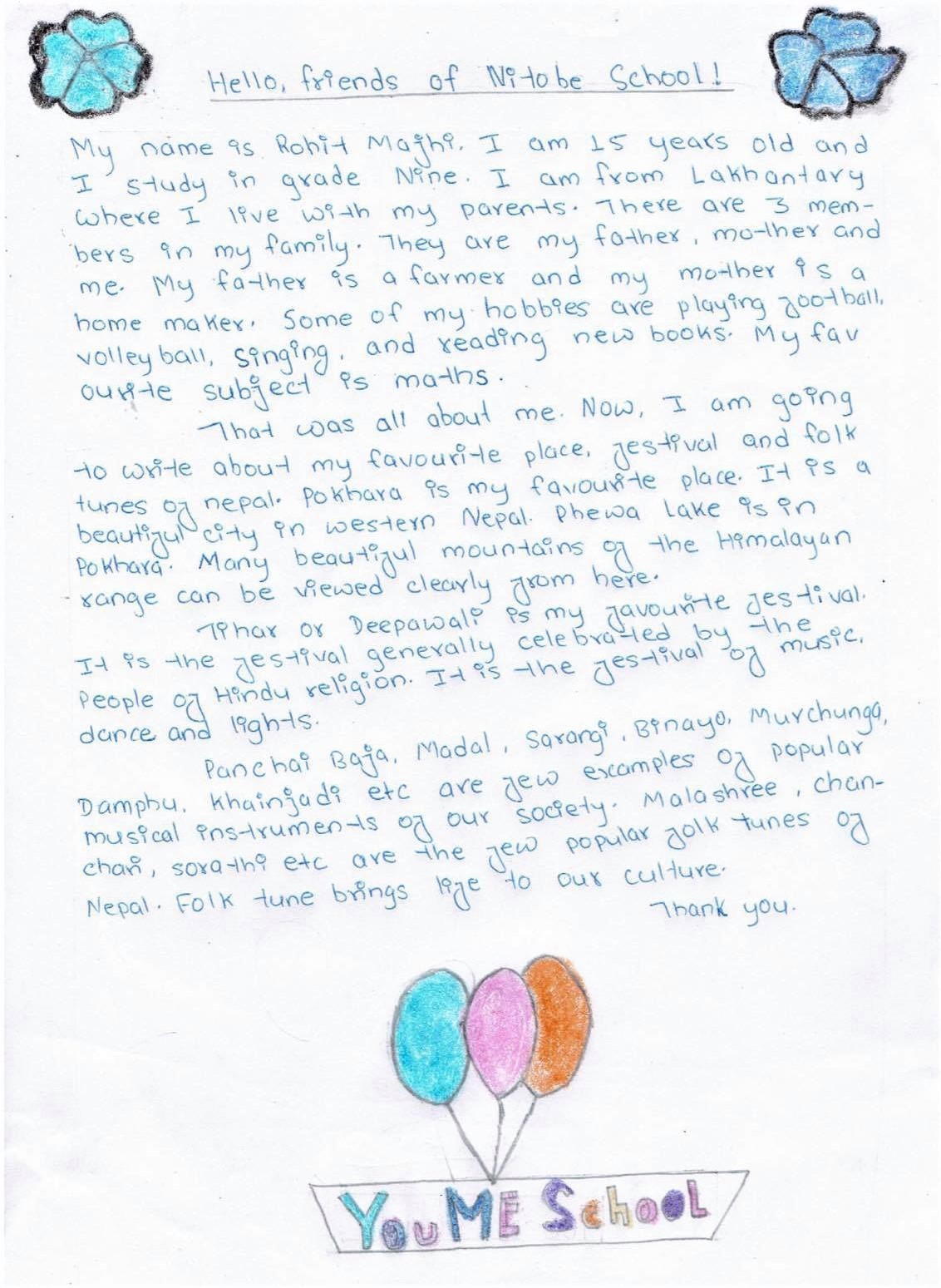
I’m Rohit Majhi, 15 years old, and study in 9th grade. I live in a village called Lakhantary. My father, mother, and I are a family of three. My father is a farmer and my mother is a housewife. My hobbies are playing soccer and volleyball, singing songs, and reading new books, and I love mathematics subject.
I will introduce my favorite places, festivals, musical instruments, and music. My favorite place is Pokhara. It is a beautiful place on the west side of Nepal, overlooking the magnificent Himalayas. And I also like the lake Phewa in this city. (Introduced in the December issue of last year ☆ https://youmenepal.org/report/202012/) My favorite festivals are “* Tihar” or “* Deepawali”, which are known as music, dance, and light festivals. These two festivals are basically celebrated by Hindi people.
Click here for my favorite instrument.
* Panchai Baja, * Madal, Sarangi, * Binayo, * Murchunga, * Damphu, * Khainjadi, etc. are the names of famous musical instruments in Nepal.
Pokhara
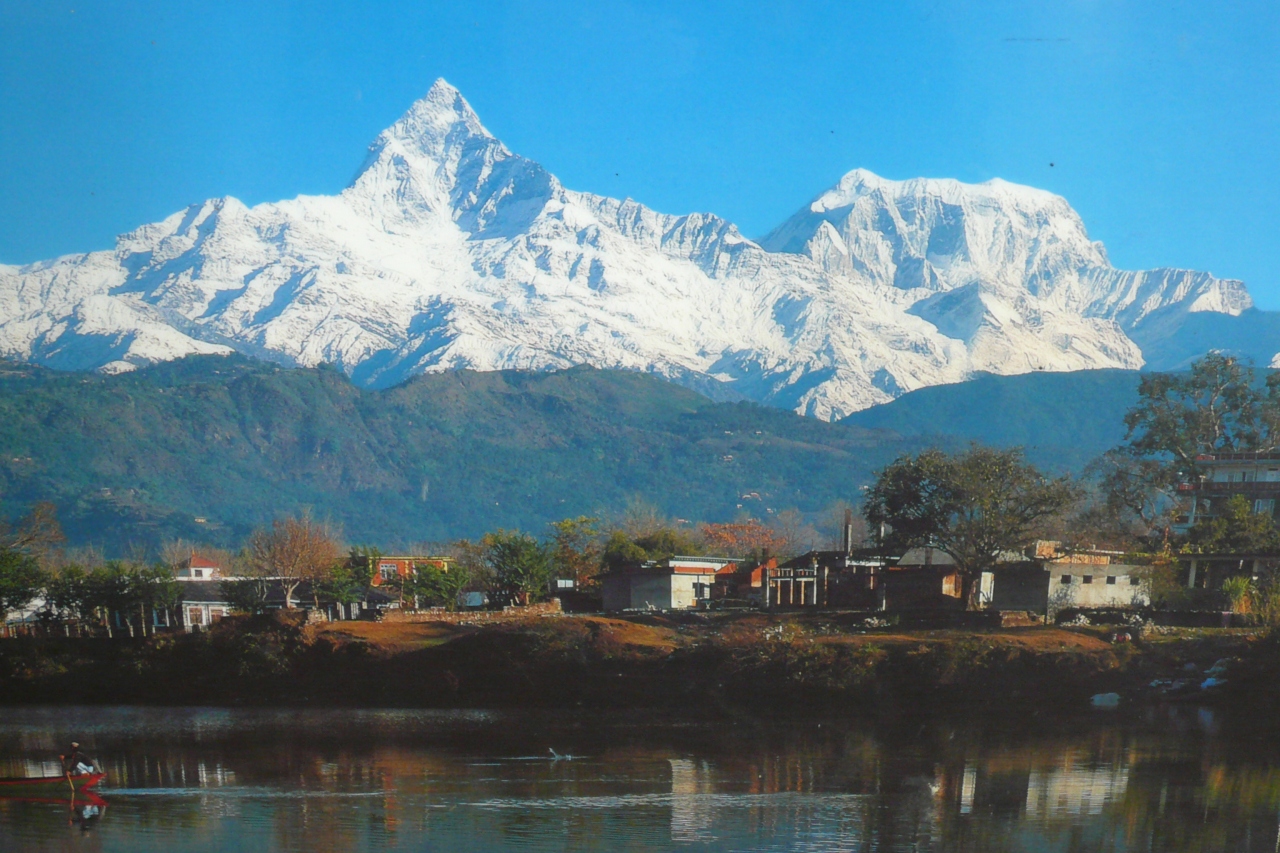
https://4travel.jp/travelogue/10123397
Tihar
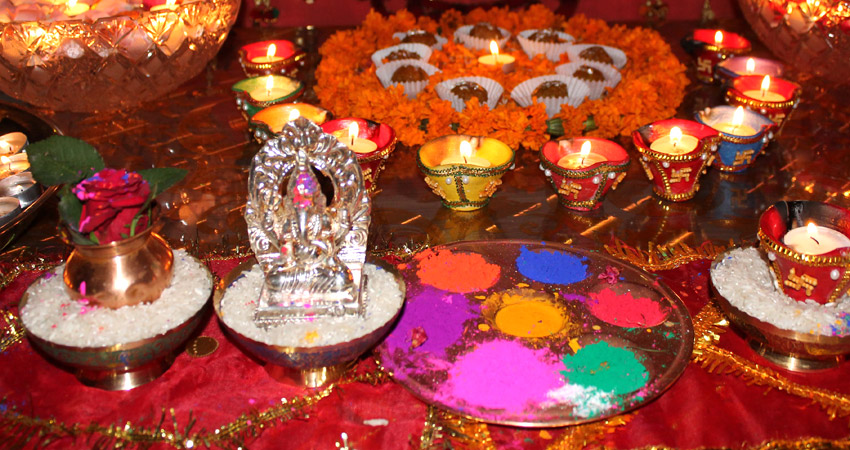
https://abovethehimalaya.com/blog/tihar-festival.html
Panchai Baja
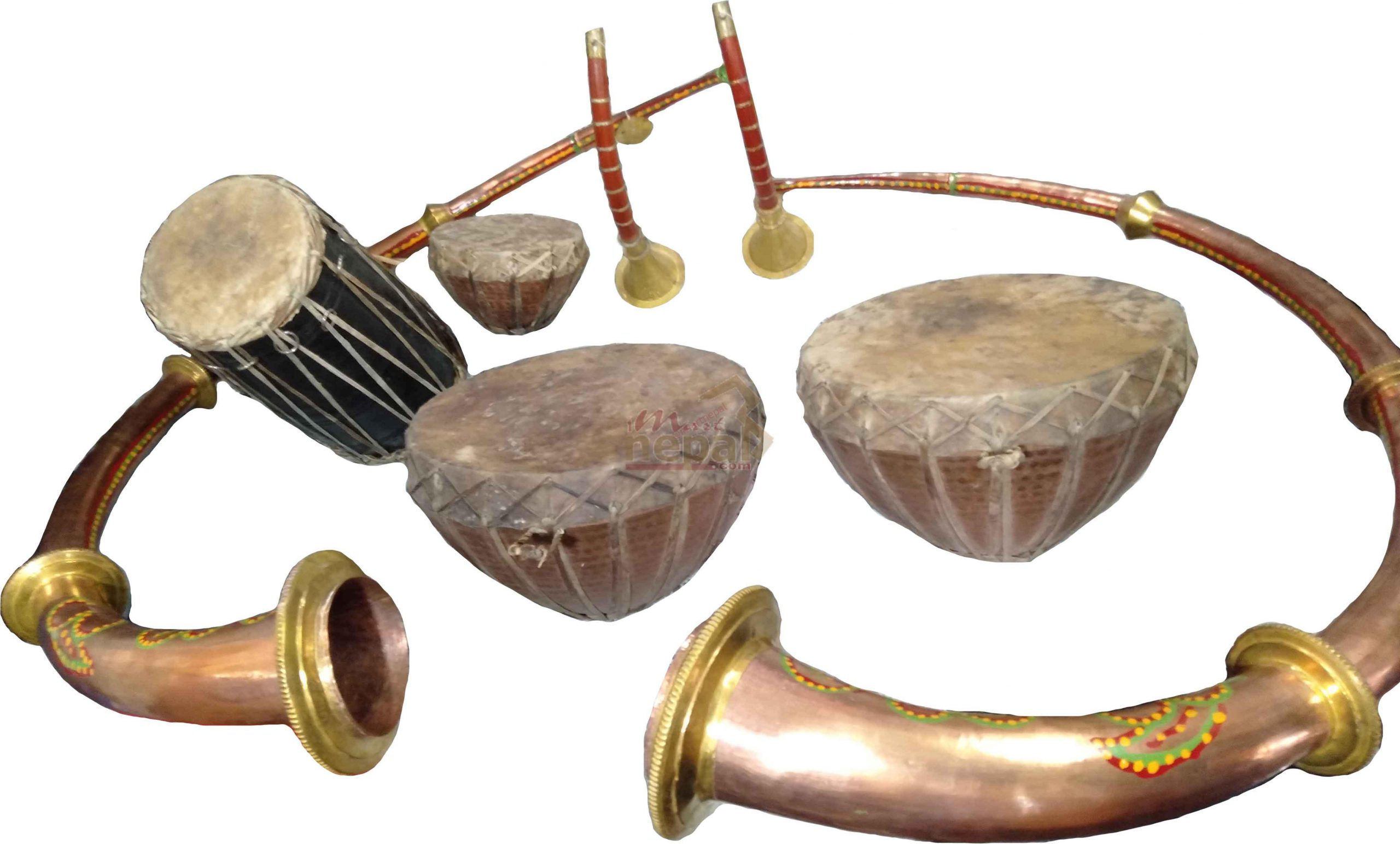
https://imartnepal.com/handmade-items/nepali-musical-instruments/other-musical-instruments/panchai-baja/
Madal
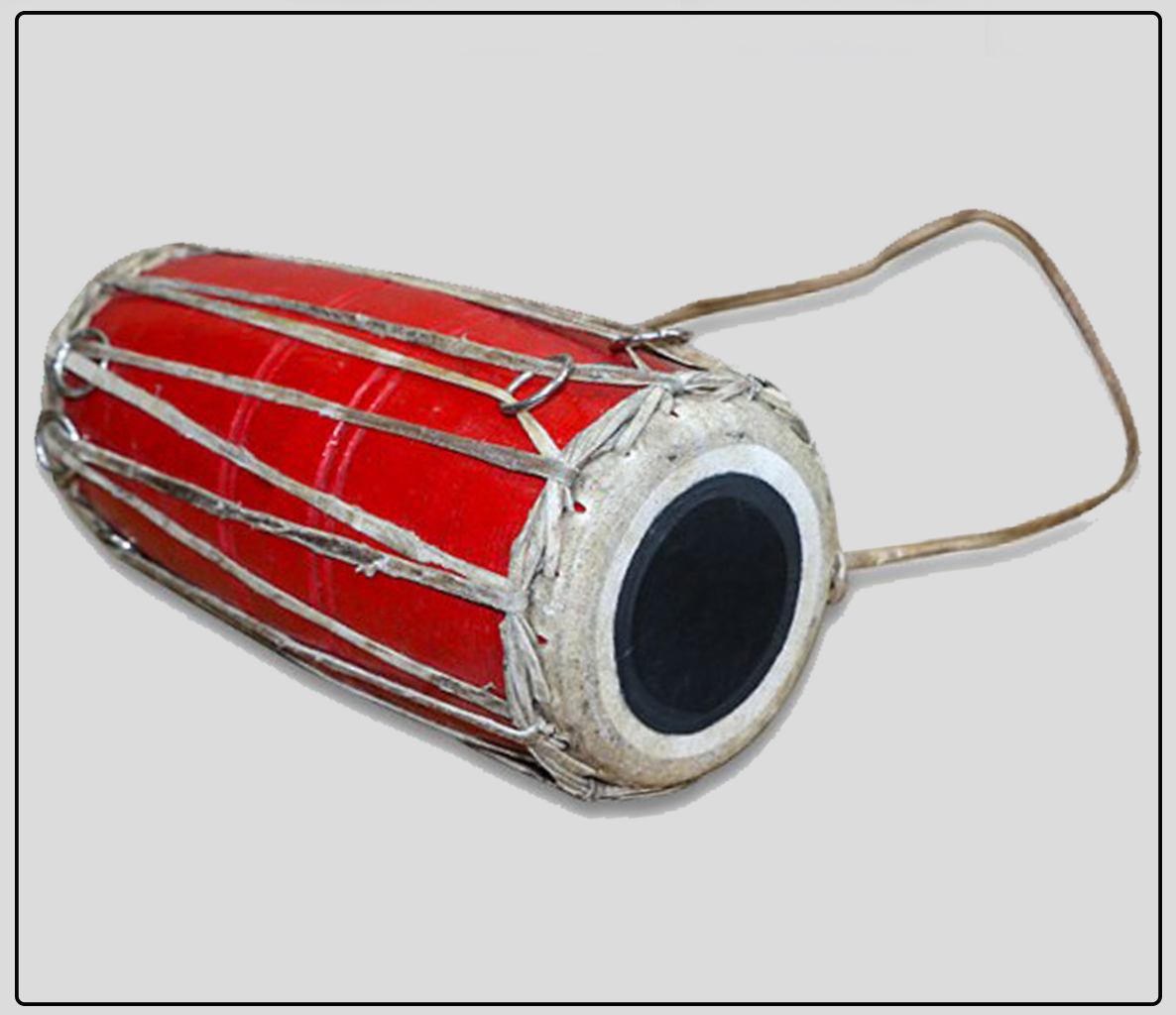
https://primeincorporate.com/?product=madal-2
Binayo
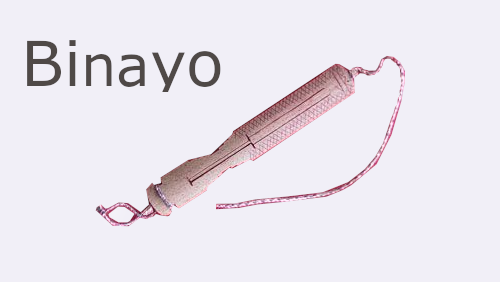
https://musicgallery.com.np/product/binayo-tradiotional-instrument/
Murchunga
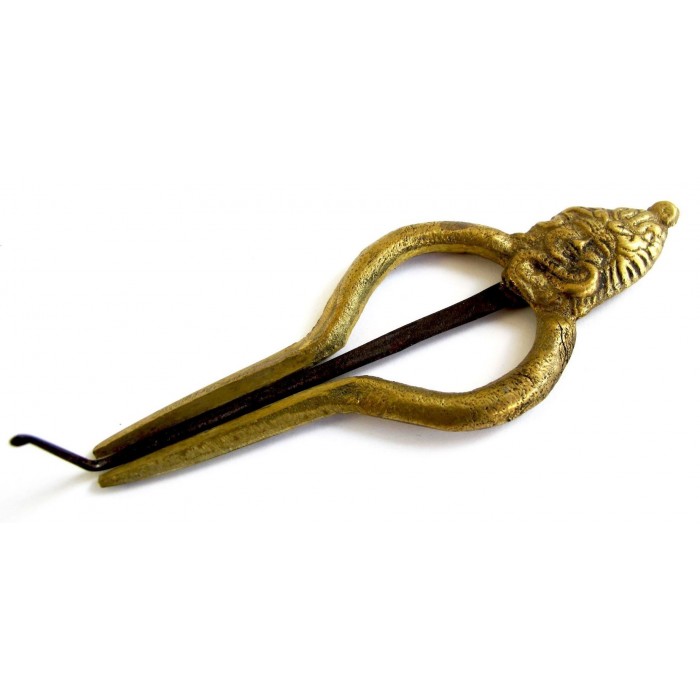
https://etnian.com/en/from-nepal/948-nepal-murchunga-shiva.html
Damphu
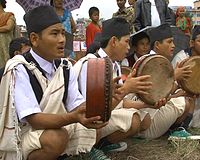
https://en.wikipedia.org/wiki/Damphu_drum
Sarangi
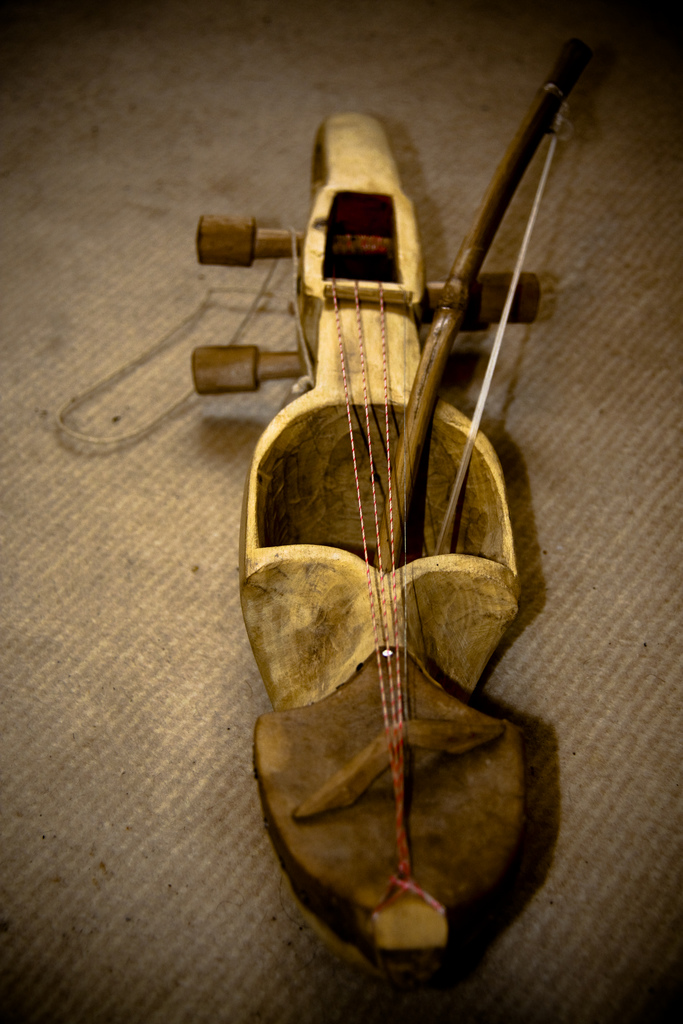
https://en.wikipedia.org/wiki/Sarangi_(Nepali)#/media/File:Nepali_sarangi.jpg